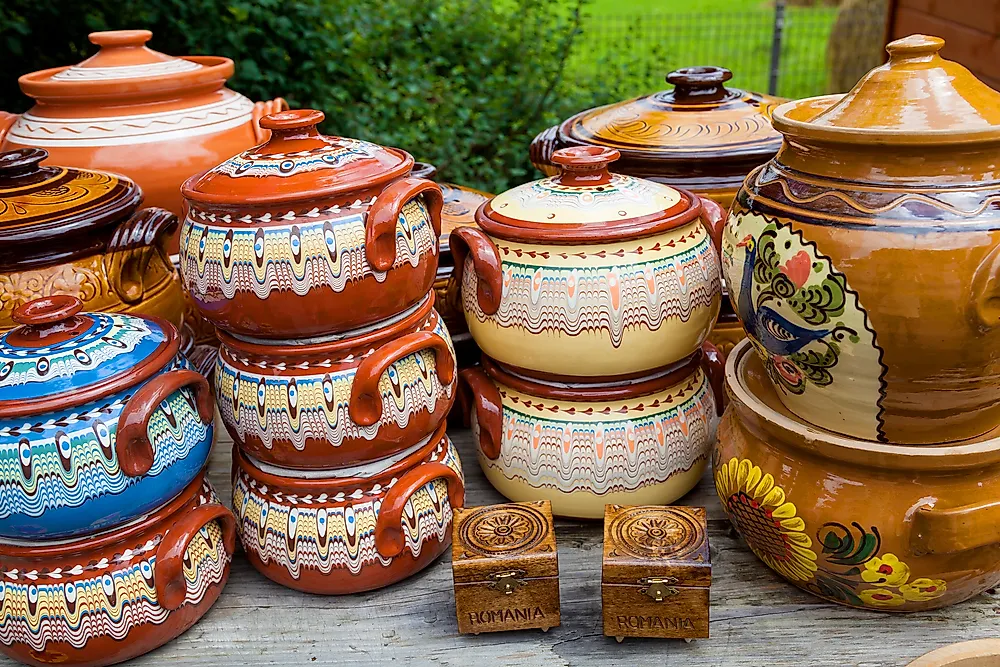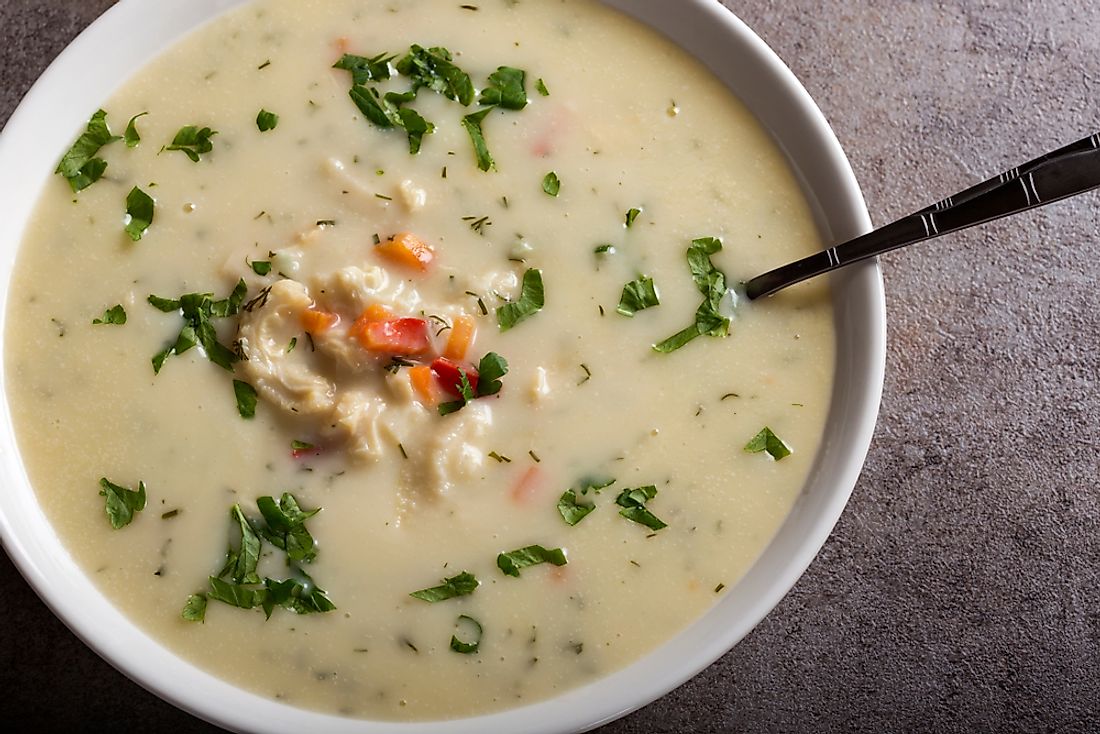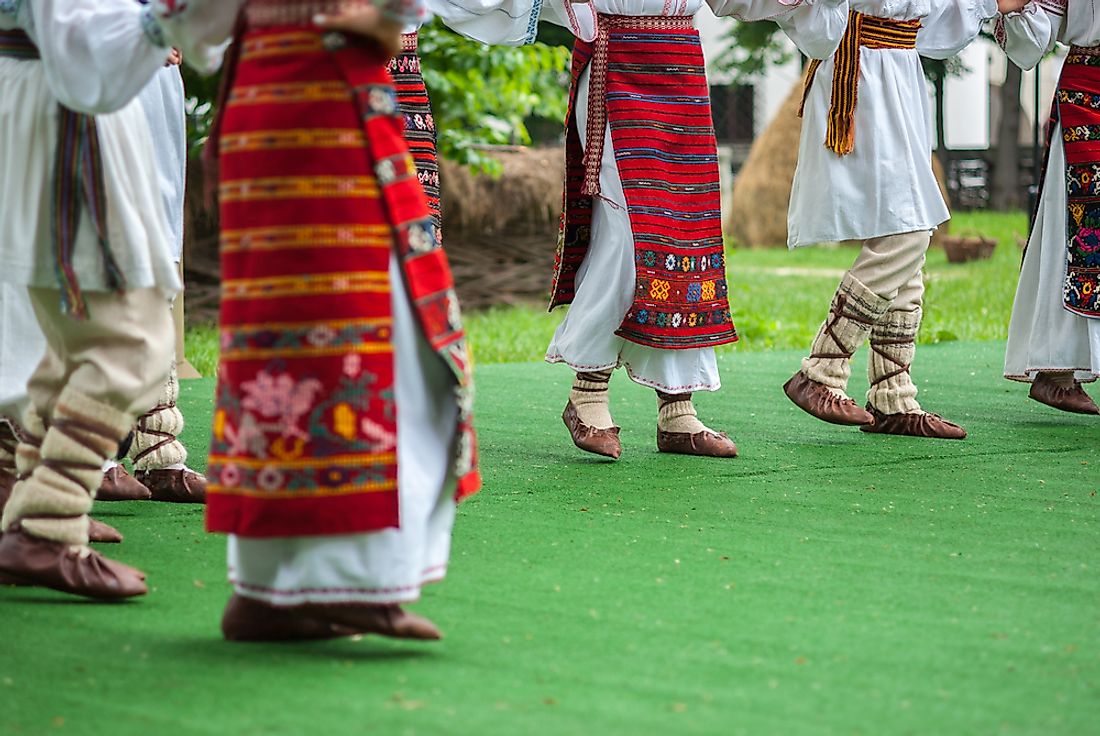The Culture Of Romania

Romania is a European nation located at the crossroads of many cultures. Both the strategic geographical location of the nation and its long history has helped shape its unique culture.
Ethnicity, Language, And Religion
Romania is home to a population of 21,457,116 individuals. Ethnic Romanians account for 83.4% of the country’s population. Hungarian, Romani, Ukrainians, Germans, and others constitute the rest of the population. Romanian is the country’s official language and is spoken by 85.4% of the population. Hungarian and Romani are spoken by 6.3% and 1.2% of the population, respectively. Eastern Orthodox Christians constitute 81.9% of Romania’s population. Protestant Christians, Roman Catholics, atheists, and others account for 6.4%, 4.3%, 0.2%, and 0.9% of the country’s population, respectively.
Cuisine

Romanian cuisine is a diverse blend of various indigenous and foreign cooking traditions. A wide range of soups is consumed in the country and grouped under the category ciorbă. These soups can be fish soups, meat or vegetable soups, etc. Lemon juice, vinegar, sauerkraut juice, etc., are used to add flavor to the soups. Pork is the most frequently used meat in Romanian cuisine. Beef, lamb, and fish are also widely consumed. A pig sacrifice on Ignat's Day is a common ritual in rural Romania. Lamb is served at Easter. Romanian pancakes are popular snacks and are filled with ground meat, jam, or cheese. Wine is the most popular beverage in the country. Romania is the world’s ninth largest wine producer.
Clothing
Although most Romanians wear modern style dress in the present day, traditional clothing is still worn in the remote locations in the country. Such clothing is also worn on special occasions, especially at folk and ethnographic events.
Men’s traditional attire includes a white shirt, white trousers, hat, waistcoat or overcoat, and a belt. These apparels are usually heavily embroidered. The traditional attire for Romanian women includes a white shirt and white skirt, or a white dress. The shirt or dress is beautifully decorated with lacework and colorful floral embroidery. A richly ornamented apron is worn below the waist either at the front or on both the front and the back. It is called fotã. It is made of wool or cotton mixed with wool. It completely covers the underskirt or covers it up to the hem. A maramă, an embroidered scarf-like headdress, is also worn by the women.
The nature of the embroidery work, the shape, and length of these garments vary between regions.
Literature, Art, And Craft
Oral literature dominated the early literary scene in Romania. Ballads were popular between the 16th and 19th centuries. The ballad performances often involved the singing of pastoral tales accompanied by music played on a lute or zither. The folktale of the Dracula from Romania is internationally famous. Ion Creanga is one of the most well-known 19th century Romanian writers who used traditional storytelling techniques in memoirs and fiction work produced by him. Today, Romanian writers write prose and poetry covering a wide variety of literary genres.
A number of art and craft forms can be observed in Romania. Wood carving, pottery, and woolen rug weaving are some of the traditional Romanian handicrafts. The folk costumes of the country are a feast to eyes as they exhibit elaborate embroidery and beadwork.
Performance Arts

Romania has a long tradition of folk music. Some of the traditional musical instruments used to produce this type of music are the double-headed drum or tobă, the ancient shepherd's pipe or caval, violin, Balkan bagpipe, cobza, etc. Clapping, shouts, whistles, and yells often accompany Romanian folk music and dance performances. Hora, a circle dance, is the country’s national dance. Romania also has a thriving theater scene. Bucharest, the capital city, is home to many drama companies which stage both classical and contemporary works. Bucharest is also the center of the Romanian filmmaking industry. Romanian films have won several accolades globally.
Sports
Association football is Romania’s most popular sport. The Romanian football club of Steaua Bucharest is highly successful. The national football team of the country has participated in several FIFA World Cups and even reached the quarterfinals in the 1994 FIFA World Cup. Basketball, rugby union, gymnastics, volleyball, handball, etc., are some of the other popular sports in the country. Romanian athletes have constantly performed well in the Summer Olympic Games. The country has won 307 medals in the Olympics including 89 gold ones.
Life and Society
Although the traditional Romanian society exhibited a patriarchal bias, the Communist regime in the country allowed women to receive education and enter the workforce. Today, a large number of Romanian women are employed. However, women continue to be less represented in the higher positions in employment, administration, politics, and business. Women also earn less than men in many areas of employment. Women working outside the home are still expected to perform the household duties and engage in childcare activities. Despite the positive influence of the Communist regime on women empowerment, women suffered greatly during the rule of Ceaucescu’s (the last Communist leader of Romania) rule. Ceausescu believed that the greater the population, the greater is the strength of the democracy. Hence, he abolished abortion in the country. The ban led to many unwanted births in the nation. Thus, a large number of children ended up in the country’s orphanages.
Traditionally, most Romanian marriages were arranged by the family of the bride and the groom with the help of a matchmaker. A dowry was paid by the bride’s family to the groom. Marriage ceremonies were elaborate in nature. In rural areas, nearly the entire village was invited. Today such marriages are rare and instead, most marriages are based on romantic relationships and divorces are more common.
Due to limited space and finance, household size tends to be large in Romania with several generations living together. However, nuclear families are more common in cities than in rural areas. Although inheritance was patrilineal in the past, women also inherit property in the present day.
Romanians are well known for their generous nature. They are regarded as warm and hospitable people. They ensure that guests visiting their home are well fed. Men exhibit their respect towards women by a kiss on the hand, a tip of the hat, or by offering a seat to a lady.







